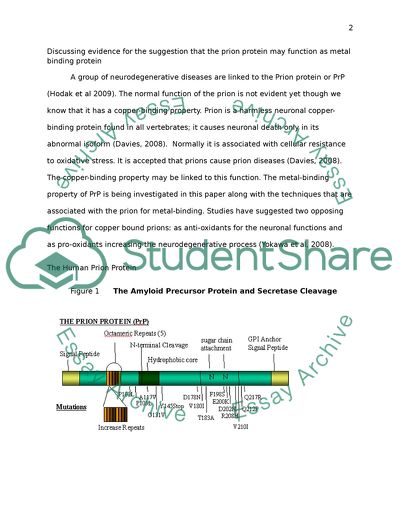Cite this document
(Evidence for the Suggestion that the Prion Protein May Function as Met Case Study, n.d.)
Evidence for the Suggestion that the Prion Protein May Function as Met Case Study. Retrieved from https://studentshare.org/chemistry/1733615-discussing-evidence-for-the-suggestion-that-the-prion-protein-may-function-as-metal-biniding-protein
Evidence for the Suggestion that the Prion Protein May Function as Met Case Study. Retrieved from https://studentshare.org/chemistry/1733615-discussing-evidence-for-the-suggestion-that-the-prion-protein-may-function-as-metal-biniding-protein
(Evidence for the Suggestion That the Prion Protein May Function As Met Case Study)
Evidence for the Suggestion That the Prion Protein May Function As Met Case Study. https://studentshare.org/chemistry/1733615-discussing-evidence-for-the-suggestion-that-the-prion-protein-may-function-as-metal-biniding-protein.
Evidence for the Suggestion That the Prion Protein May Function As Met Case Study. https://studentshare.org/chemistry/1733615-discussing-evidence-for-the-suggestion-that-the-prion-protein-may-function-as-metal-biniding-protein.
“Evidence for the Suggestion That the Prion Protein May Function As Met Case Study”. https://studentshare.org/chemistry/1733615-discussing-evidence-for-the-suggestion-that-the-prion-protein-may-function-as-metal-biniding-protein.


